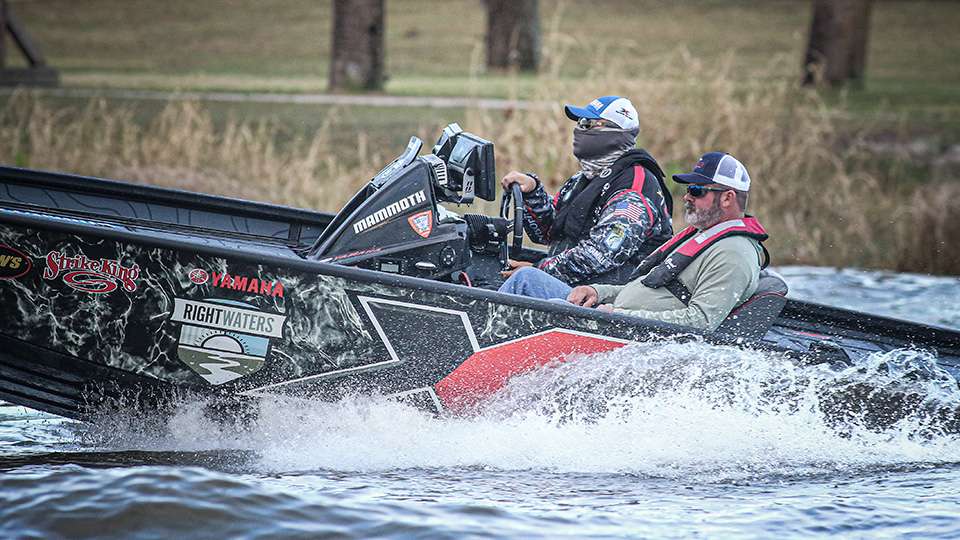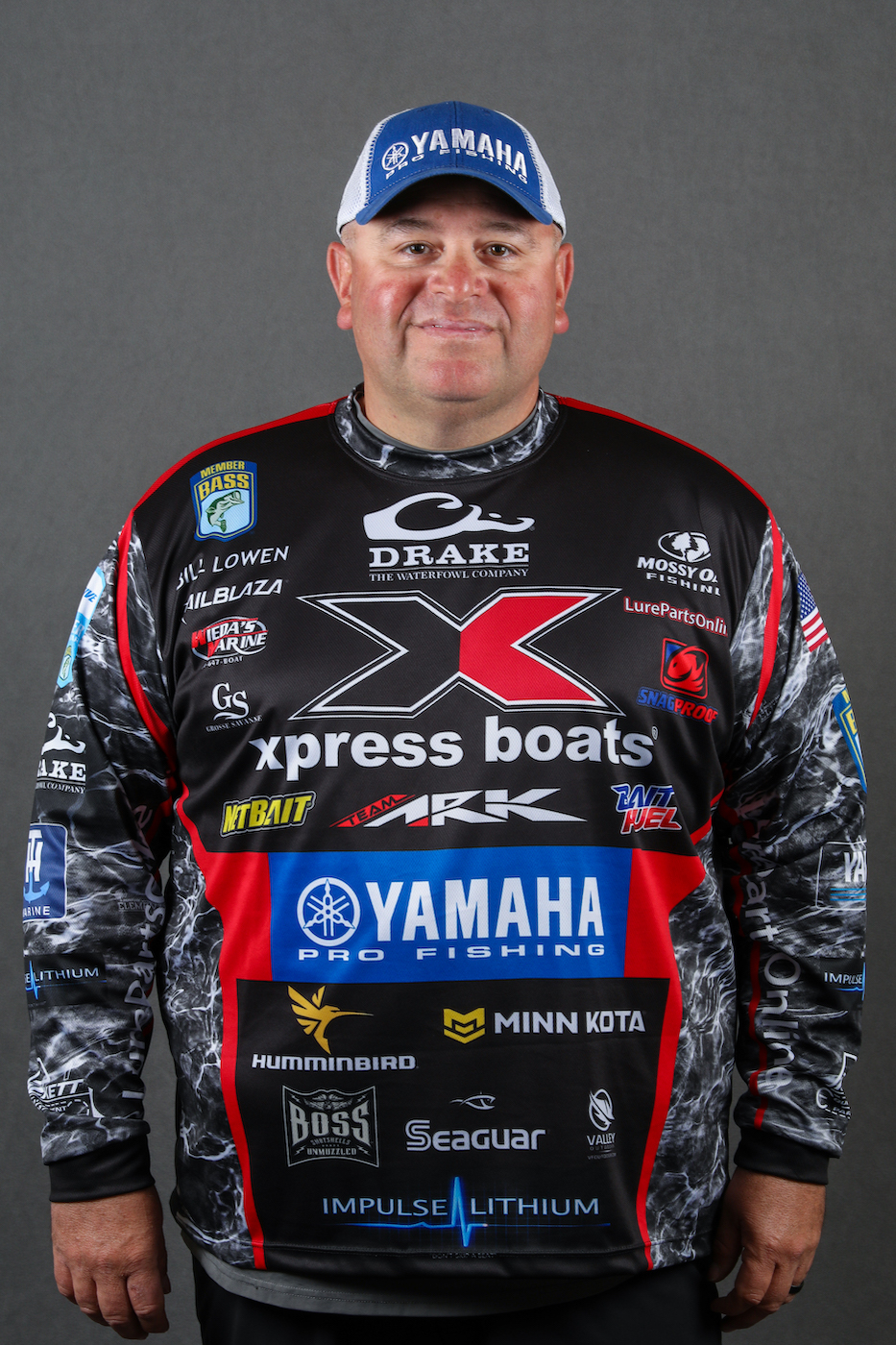
The first thing we need to do when we analyze the prespawn is to understand when it happens, what it is and how it works.
Let’s begin by thinking about it as a local or regional movement of bass. I live in southern Indiana. In late February, it’s in the 30-degree range here. The water isn’t a heck of a lot warmer. There’s no such thing as the prespawn right now. But, maybe 100 miles or so south of here it’s warmer. The very early prespawn has already started, although it’s slow and sporadic. Down in the South, though, it’s been happening for some time, and in some areas the spawn has already happened, at least most of it.
Where you live and fish matters. It’s all local.
Having said what I just said, though, it won’t be long before the prespawn hits the Midwest. Once the last of the cold moves out and it gets warm for a few days, there will be fish that start moving up towards the beds.
The best places to start your search is on the outside breaks leading into the spawning areas. The big females tend to move up and then stop at the first available break. If the weather, and water, turns cold for a while they’ll move out, but not very far. The movement has started, and it won’t stop for very long. Mother Nature is now in charge.
The best advice anyone can give you about where they’ll be on any particular day is to pay close attention to water temperature and to your electronics. If you find water that’s warmer than the surrounding areas, fish it. And, of course, if you see fish on your SONAR fish for them.
Now, you’ll note that I haven’t talked about specific water temperatures. That’s because trends at this time of the year are more important. Fifty-degree water is warm compared to 40-degree water. And 60-degree water is warm compared to 50-degree water. It’s more relative than it is absolute.
My favorite and most effective bait at this time of the year is a flat-sided, balsa crankbait. I like some of the custom-made ones that are mostly sold locally. When I don’t fish with them I usually go with a Strike King Chick Magnet Flat Sided Crankbait. It’s not balsa, but it performs like it is.
I make long casts well past my target and then bring my lure back with a variety of retrieves until I find bass and until I figure out what they want. I fish fast. I fish slow. I fish steady. I fish stop and start, and I vary the lengths of my stops.
There are more colors around than you can carry in your boat. I can’t recommend any one of them over another. Everybody has his or her favorite. Pick something that the fish can see under your local water conditions, and remember that you won’t ever go wrong when you match the local forage — in both color and size.
Fishing the early prespawn is much like real estate: It’s all about location. Don’t make something simple and straightforward into rocket science.





